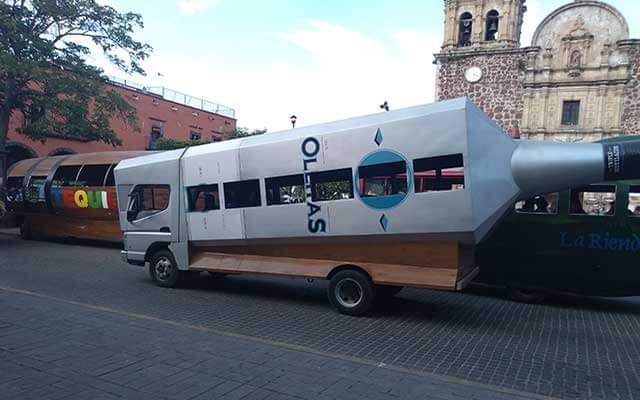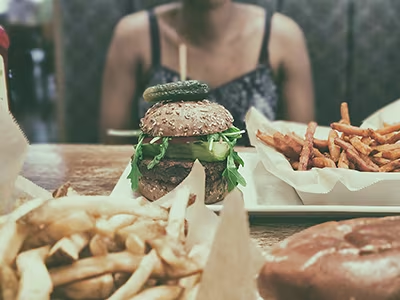Healthy Choices: Addressing Junk Food Sales in Mexican Educational Institutions
Combating Junk Food Traffic in Mexican Schools: A Comprehensive Guide
Reading time : 1 minute,
Discovery Chepe Id-757-NOT
Published in
06-17-2025

Despite recent government efforts to ban junk food inside Mexican schools, the illicit trade of sugary drinks, chips, candies, and ultra-processed snacks continues to thrive just beyond the gates. The schoolyard may be off-limits, but the battle against childhood obesity and diabetes is far from won.
What the Law Says
In March 2025, Mexico launched the program -Vida Saludable en las Escuelas- (Healthy Life in Schools), which officially prohibits the sale of sugary beverages and processed snacks inside school facilities. The goal is clear: to reduce alarming rates of obesity and type 2 diabetes among children.
But the Reality Is Different
A quick walk around any public school in cities like Mexico City, Guadalajara, or Culiacán reveals an open secret. Mobile vendors and informal sellers are stationed outside the school fences, offering the very products now banned inside. Students flock to buy sodas, flavored chips, and candy bars before and after school hours.
According to a report by El País, over 90% of Mexican schools still allow access to junk food in some form, whether through informal vendors or loopholes in regulations. Even with the new policy, enforcement remains weak and inconsistent. You can read more about that in this article from El País: La trampa del recreo.
Why the Black Market Persists
a) Economic Need: Many school cooperatives previously earned funds through the sale of snacks. Removing that source created financial gaps.
b) Lack of Alternatives: Families and students often find healthy food expensive or impractical to prepare.
c) Weak Surveillance: Schools lack the staff and resources to police what happens just outside their premises.

Beyond the Classroom: Tackling Junk Food Access in Mexico's School System
Government and Community Responses
1- Health Checks: Under the same 2025 initiative, the government began providing regular medical check-ups for more than 12 million schoolchildren to detect early signs of obesity and visual impairments.
2- Educational Campaigns: Posters, lectures, and social media messages now encourage students to choose water over soda and fruit over chips.
3- Legal Pushback: Some private schools have obtained legal injunctions allowing them to continue selling junk food, sparking national debate.
Voices from the Ground
Many teachers and parents are on board with the idea of healthier schools, but express concern over implementation. ?You can ban chips inside, but you can?t stop what kids buy outside,? says Karla Jiménez, a mother of two in Puebla.
What Needs to Happen Next
a) Community Engagement: Parents, teachers, and local authorities must collaborate to monitor and reduce junk food access.
b) Affordable Options: Healthy snacks must be made accessible and affordable, especially in low-income areas.
c) Consistent Enforcement: National rules must be applied uniformly, with proper inspection and accountability.
Conclusion
Mexico's fight against childhood obesity faces a major hurdle: the persistence of junk food sales around schools. While policies are a step in the right direction, real change requires more than legislation. It demands coordinated action, cultural change, and a commitment to children's health that extends beyond the classroom walls.
Only by making the healthy choice the easy choice can we protect Mexico's next generation.
Most read...







